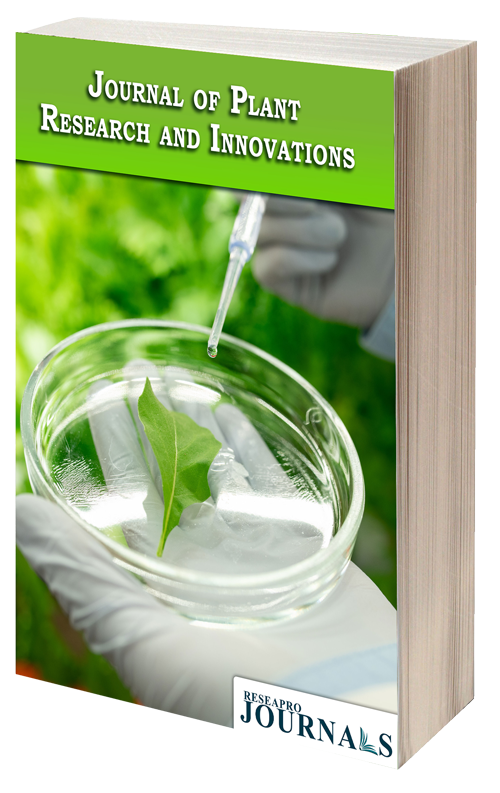
Issue: 01 (2024)
Plant cytology and histology are branches of plant biology that study the structure and function of plant cells and tissues. Cytology focuses on the microscopic examination of cells, while histology looks at the organization of cells into tissues. These fields are crucial for understanding plant growth, development, and response to environmental stimuli.
Plant anatomy is the study of the internal structure of plants, including their cells, tissues, and organs. Plant morphology is the study of the external form and structure of plants, including their roots, stems, leaves, and flowers. Together, these fields help us understand how plants grow, develop, and function in their environments.
Plant physiology is the study of the functioning of plants, including their growth, development, and metabolism. Ecophysiology is the study of how plants interact with their environment, including their responses to abiotic and biotic factors. Together, these fields help us understand how plants adapt and survive in different environments.
Plant genetics, molecular biology, and biochemistry are fields of study that explore the genetic makeup, molecular processes, and chemical compounds that contribute to plant growth, development, and metabolism. These disciplines help us understand how plants respond to environmental stimuli and how we can manipulate their genetic and biochemical pathways to improve crop yields and develop sustainable agriculture.
Ecology and biogeography of plants are the study of the distribution, abundance, and interactions of plant species within their environment. These fields examine how plants adapt to different environmental conditions, how they interact with other organisms, and how they shape the ecosystems they inhabit. Understanding these factors is crucial for conservation and management of plant biodiversity.
Phytocenology is the study of plant communities and their ecological relationships with other organisms in a given area. This field involves the classification and description of vegetation types, as well as the analysis of their environmental and biotic factors. Phytocenology is an important tool for understanding plant ecology and for the conservation and management of plant communities.
Evolutionary biology explores how species change over time, while plant phylogeny focuses on the evolutionary relationships between different plant species. Paleobotany uses fossils to understand the evolution of plants throughout Earth's history. Together, these fields provide valuable insights into the diversity and adaptation of plant life.
Plant diversity refers to the variety of plant species on Earth and the ecosystems they create. Conservation biology is the study of preserving biodiversity, including plants, through efforts such as habitat conservation and restoration, captive breeding, and the development of sustainable management practices. Protecting plant diversity is crucial for the health and stability of our planet.
Experimental plant science involves the study of plant growth, development, and physiology in controlled environments to discover new insights into plant biology. Applied plant science, on the other hand, focuses on using this knowledge to improve crop productivity, food security, and sustainability in real- world agricultural settings. Both fields are critical for advancing our understanding and ability to harness the power of plants.